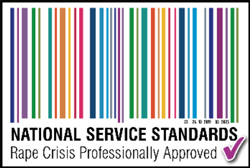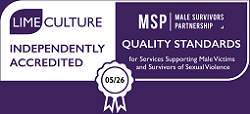Domestic Abuse & Employers
Think you don’t need to be worried about domestic abuse…? Think again!
According to The Office for National Statistics (ONS) the police recorded 841,062 domestic-abuse related crimes in England and Wales in the year ending March 2024.(1)
The Crime Survey for England and Wales estimated that 2.3 million people aged 16 years and over experienced domestic abuse during that same year.(2)
2 women are killed each week and one man each month is killed in England and Wales by a current or former partner.(3)
These statistics, while shocking, are really hard to pin down to everyday life. A more helpful context is understanding that 1 in 4 women and one in every 6 or 7 men in in your workforce will experience domestic abuse at some point in their lifetime.(4) Add to that the fact that employers have a reasonable duty of care for the health, safety and wellbeing of their employees (including those working from home) it is clear to see that employers have an important role.
Yet, while 86% of companies believe the have a duty of care towards domestic abuse victims/survivors, only 5% of organisations have a specific guideline or policy on domestic abuse.(5) It is easy then to appreciate that there is a significant gap.
What is domestic abuse?
Women’s Aid define domestic abuse as an incident or pattern of incidents of controlling, coercive, threatening, degrading and violent behaviour, including sexual violence, in the majority of cases by a partner or ex-partner, but also by a family member or carer. It can include, but is not limited to:
- Coercive control (a pattern of intimidation, degradation, isolation and control with the use or threat of physical or sexual violence)
- Psychological and/or emotional abuse
- Physical or sexual abuse
- Financial or economic abuse
- Harassment and stalking
- Online or digital abuse
While it is helpful to have these definitions, it is also worthwhile knowing that domestic abuse can be insidious, meaning that abuse can get worse over time. Also, it is not always physical, although a threat or fear of violence may be present which can also be very confusing. Where sexual violence has occurred, it can often be that the victim-survivor has been forced to have sex because they are fearful of the consequences of saying ‘no.’ This makes what happened rape.
While statistics show that domestic abuse is predominately carried out by men against women, the reality is that the abuse can be against a person of any gender or sexuality and women can also be abusers. In fact the gendered understanding of abuse can make it more difficult for male survivors and those from the LGBTQ+ community to come forwards.
What does it look like in the workplace?
If an employee is experiencing domestic abuse, there might be warning signs such as:
- Unexplained injuries
- Withdrawing from interacting with colleagues at work
- Not attending work functions or events
- Increase in absences or conversely, working late or appearing to delay returning home
- Change in demeanour and behaviour
- Becoming obsessed with timekeeping
- Not sharing about their home life
- Repeated personal calls made to them and/or a need to answer personal phone calls quickly
- Their partner hanging around the workplace or always insisting on picking them up
- Increase in tiredness and fatigue at work
- Poor performance
However, there might not be many signs at all, as people experiencing domestic abuse may try and hide what is happening to them. Where the abuse has built up over time, a person might not understand that their partner has become abusive.
All of this goes to show why having a good awareness of domestic abuse, along with policies and procedures that seek to reassure staff are vital within the workplace.
What can employers do?
An employer who is aware of domestic abuse and the related issues of sexual violence and stalking, can be a helpful ally to an employee who might be experiencing abuse. Your workplace might be the only space where they can feel safe and look up information that they might need.
Business In The Community outlines three levels of action that employers can take, including making a commitment, training and support and going further for example by sharing best practice with other employers.
Things that employers can do include:
- Having a clear policy in place that shows how employers will respond to those experiencing abuse
- Provide training to staff, including managers and those in HR so that they are better able to recognise and respond to the signs of domestic abuse
- Have up-to-date information about local and national support lines and consider how you make this available to staff – eg via an online employee handbook, information in toilets and so on
- Foster a safe and supportive workplace culture where employees can talk openly about difficult issues without fear of stigma or harassment
- Provide a safe and confidential space for employees to disclose their experiences
- Consider practical safety issues that you can manage in the workplace and discuss with the employee what would work best for them
- Allow flexibility with start and finish times and workload when times are particularly difficult.
- Provide reasonable adjustments so that they employee can take time off to attend appointments with support organisations, their GP or the police.
The Employer’s Initiative on Domestic Abuse provides a legally endorsed template policy for organisations to amend as required.
While employers will no doubt want to do their best for their employees who disclose abuse, you might have employees who have experienced abuse prior. Having an awareness of the longer-term impact of abuse, especially where family court or contact arrangements are in place or there is an ongoing financial impact (non-payment of maintenance, sale of a house) can also be really valuable.
Action
This Sexual Abuse and Sexual Violence Awareness Week, we are encouraging all employees to find out what their workplace is doing around domestic violence. You can show this article to your manager or share the resources detailed below.
If you are an employer or work in HR, take some time to have a look through the resources below and see if there is anything else you could or should be doing. And if you’re doing it all already, why not share what you’re doing through your networks? This will help normalise the conversation and show to others that you take employee safety and wellbeing seriously.
Resources
BITC: Domestic Abuse: A Toolkit for Employers
Employer’s Initiative on Domestic Abuse
Domestic Abuse: Policy Template and Guidance
References
1, 2 and 3 Domestic abuse in England and Wales overview – Office for National Statistics
4 https://www.ncdv.org.uk/domestic-abuse-statistics-uk/
5 bitc-wellbeing-toolkit-domesticabuseforemployers-june2021.pdf






